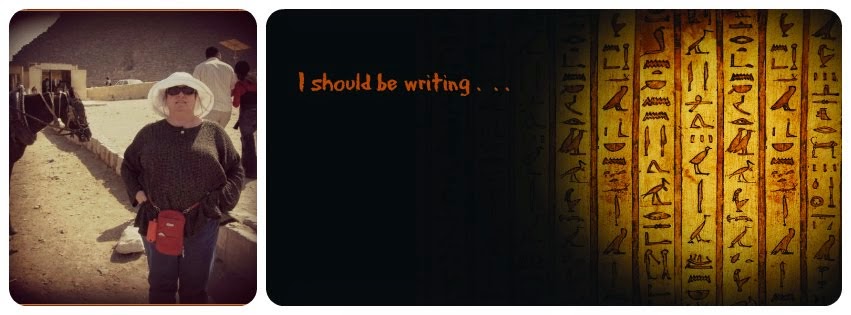The 4,500-year-old statue of a scribe called Sekhemka – sold at auction by Northampton Museum for nearly £16m in July last year – could disappear for good into a wealthy collector’s private museum when an export ban imposed on it expires at the end of this month.
However Egypt’s government has now appealed to Egyptians to help raise the money to return the “irreplaceable masterpiece” to its native country.
There are several articles about this effort:
- Antiquities ministry urges Egyptians to donate to buy back ancient statue
- Egyptian government slams Northampton council for selling ancient statue
- Egypt Seeks $25M To Buy Back Ancient Sekhemka Statue Sold In Christies Auction
Conservators are restoring Ancient Egyptian artifacts at the Grand Egyptian Museum in Giza. The massive new museum by the Pyramids is intended to house 100,000 ancient artifacts.
Japanese artist Takumi recreated everything from Mad Max: Fury Road in an ancient Egyptian style, and while the movie has nothing to do with ancient Egypt, it still fits and looks really awesome with this art style.
Best Birthday Ever!
Antiquities Minister Mamdouh al Damaty has granted an American child, fascinated with anything relating to ancient Egypt, free admission to all archaeological sites across the country.
I am so very, very jealous. But isn't he adorable?
Thank you from Sean for Birthday wishes from Egypt!
Posted by Nancy Munger on Saturday, August 22, 2015
Favorite Photo of the Week
From the Egyptology Temple Facebook page.
Ancient Egyptians Forced Open Mouths During Mummification
Ancient Egyptians were likely to lose some of their front teeth before they could become mummies, says a new research debated at the International Congress of Egyptologists in Florence.
Tears of Ra: Ancient Egyptian beekeeping techniques
Gene Kritsky, author of The Tears of Re, describes the sophisticated beekeeping techniques of the ancient Egyptians—such as smoking the hive and the calling of the queen.
Mummy of Tutankhamun to remain in Valley of the Kings
After much debate, the decision has been reached not to move the mummy of the boy king Tutankhamun to the Egyptian Museum in Cairo. The mummy will remain in the Valley of the Kings on the Nile's west bank near Luxor. The mummy will be displayed in its tomb.
Where is the tomb of Nefertiti?
The recent theory regarding the tomb of the ancient Egyptian Queen Nefertiti should be welcomed by the scientific community. But it requires very careful evaluation, Egyptian renowned archaeologist Zahi Hawass says.
Alone before the God: Gender, Status, and Nefertiti's Image
Jacquelyn Williamson Harvard University
Two architectural elements from Akhenaten's early buildings at Karnak temple, a gateway and a set of pillars, are decorated with scenes of Nefertiti worshipping the Aten alone with only her daughters in attendance. Assumed to be examples of Nefertiti acting independently in the Aten cult, these monuments are sometimes hailed as precursors to the Sunshade of Re/sun temple structures so popular at Tell el-Amarna, most of which are associated with Akhenaten's female family members. In this article these monuments are studied in the context of scenes reconstructed from Kom el-Nana, a Sunshade of Re at Tell el-Amarna, and other examples of women shown as the sole ritualist before a deity. It is proposed that images of Nefertiti acting alone are an indication of her lower status in the early part of Akhenaten's reign, and that her status was elevated after the erection of the gateway and pillars. Nefertiti did not yet have enough status to act along side Akhenaten before year 6, and the gateway and pillars from Karnak cannot be considered precursors of Sunshade of Re temples, or as evidence for her independence in the Aten cult. In conclusion it is suggested that conversations about ancient women in religious hierarchies should be shifted from discussions about agency and power to discussions about importance, as a means to avoid the anachronistic application of western feminist thought to ancient evidence.












































